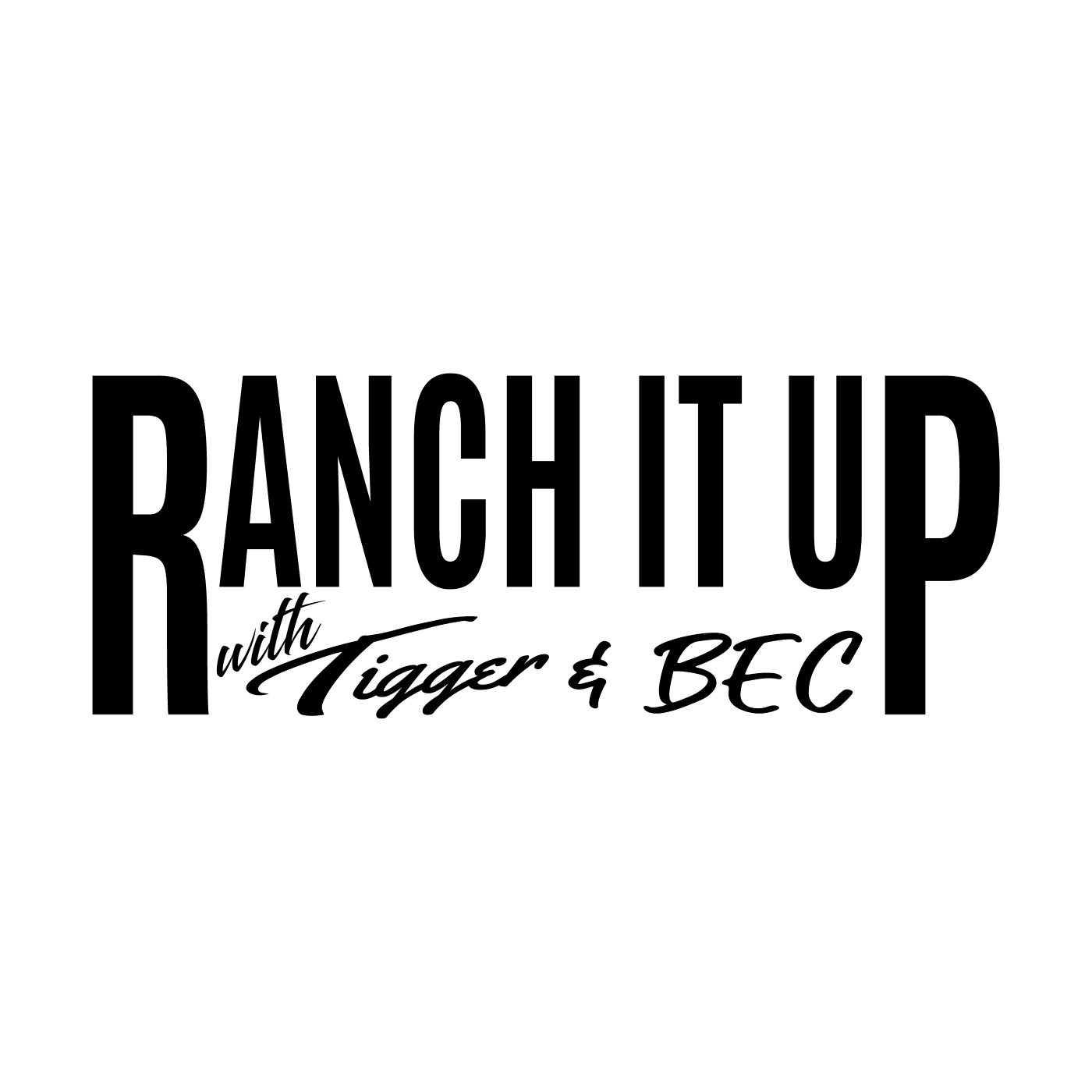Is IVF, In Vitro Fertilization, Right For My Herd
Description
We find out if IVF, In Vitro Fertilization, is right for your operation. We have the latest news and markets, plus your chance to get your hands on more Ranch It Up gear. Tune in to this all new episode of the Ranch It Up Radio Show. Be sure to subscribe on your favorite podcasting app or on the Ranch It Up Radio Show YouTube Channel.
EPISODE 199 DETAILS
Is IVF, In Vitro Fertilization, Right For Your Herd
Understanding In Vitro Fertilization
What Is In Vitro Fertilization
In Vitro Fertilization (IVF) is the process of creating embryos from oocytes (unfertilized egg cells) by fertilizing them with semen in a Petri dish. Oocytes are first collected from the ovaries of donors by ultrasound-guided follicular aspiration. They are then matured in a Petri dish and fertilized 20-24 hours later. Conventional, sexed frozen, or reverse-sorted semen may be used for fertilization. Oocytes then develop in an incubator for seven days, at which point the resulting viable embryos are transferred into recipients.
How Does In Vitro Fertilization Work
In-Vitro Fertilization resembles conventional ET by allowing cows to produce multiple calves per year. This is accomplished by generating embryos from elite cows called donors and transferring them into cows with less genetic merit called recipients. After this, there are many differences in the way the procedure works.
In IVF, oocytes (unfertilized eggs) are collected using a specially designed probe, fitted with an ultrasound transducer which allows the ovary to be visualized during the aspiration procedure. The technician locates and stabilizes the ovary via rectal palpation of the reproductive tract. The aspiration probe is inserted vaginally where the transducer and ovary meet with only the vaginal wall separating the two. The probe has an attached needle guide that houses a 55cm long needle. This needle will transverse the vaginal membrane and is inserted into fluid filled follicles, containing oocytes, located on the ovary. The contents of the follicles are aspirated out and captured in a searchable filter. The filter is then taken into the lab where it is rinsed and searched using a microscope; the oocytes are then retrieved, counted, and graded.
Once the oocytes have been processed they are moved into dishes with special media designed to mature them. The dishes are placed in an incubator for 18 to 24 hours where the maturation process takes place. The following day, semen is added to the dishes containing the matured oocytes and fertilization takes place. The media and incubator are designed to mimic the cow’s uterine environment as pertains to temperature, pH, etc. Following fertilization, the oocytes are left in the incubators for the next 7 days as a percentage of them develop into embryos. They can then be evaluated under a microscope and quality graded just as you would conventional ET embryos. The grade one and two embryos are now ready to be loaded into transfer straws and implanted into recipient cows that were in standing heat 7-8 days prior to the transfer date or frozen for transfer at a later date.
Potential Applications of IVF, In Vitro Fertilization
Embryo production from pregnant donors — Because the cervix and uterus are not penetrated during the process of aspiration, oocytes can still be collected without disturbing the fetus. Donors can be safely aspirated from about 45-100 days of gestation. On rare occasions donors can be aspirated up to 6 months of gestation, as long as the ovaries are accessible to the technician. This application is a good alternative for operations wanting to get a jump on the next generation. In years past, breeders were forced to decide whether to risk future productivity of young donors by flushing them as virgins or just postponing embryo production until after their first calf. By getting the heifers pregnant first, they are already on their way to calving in a normal window with their counterparts. It also wor
More Episodes
Learn why certain farmers and ranchers need to register their business’ by January 1, 2025
Published 11/22/24
Published 11/22/24
Learn different strategies for cull cow management.
Published 11/17/24


